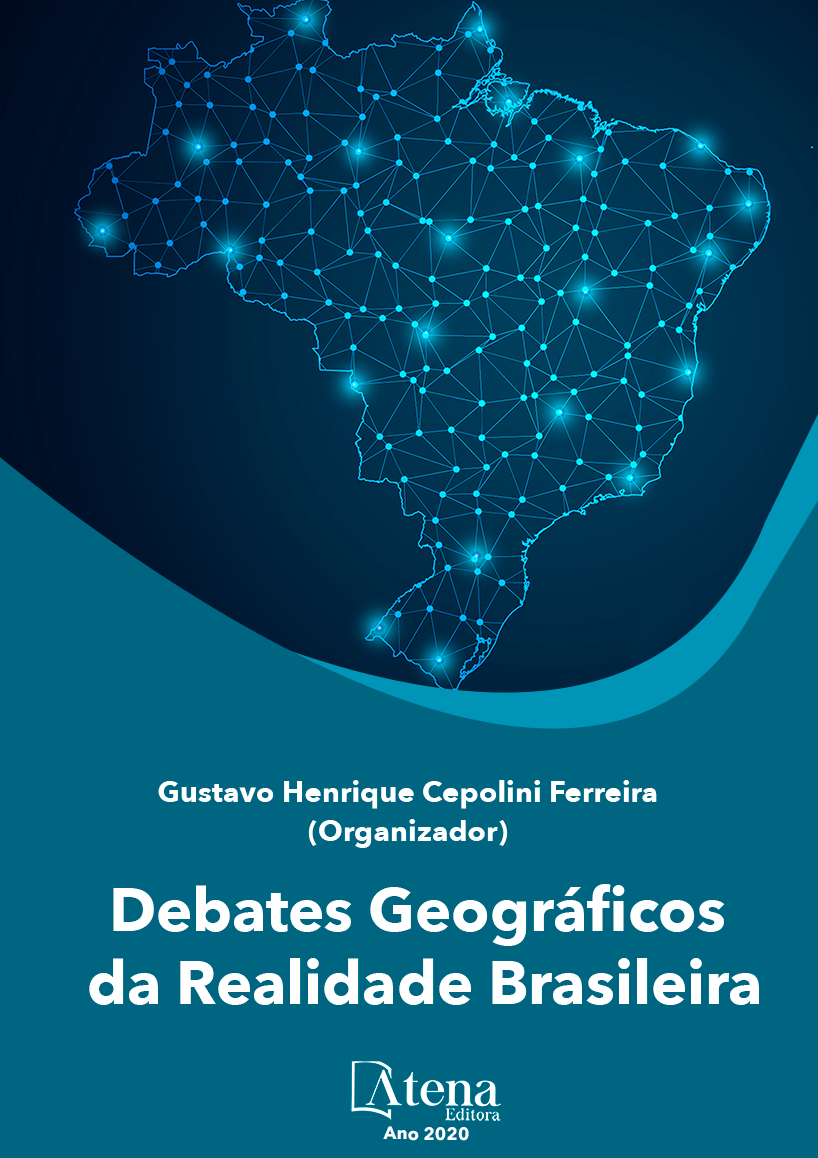
ENSINO DE GEOGRAFIA PARA DEFICIENTES VISUAIS: CONFECÇÃO DE MAPAS TÁTEIS COM MATERIAIS ACESSÍVEIS E DE BAIXO CUSTO
Atualmente, percebe-se a tendência do ensino em Geografia estar gradativamente mais atrelado à tecnologia, realçando nossa sujeição ao sentido da visão. Diante disso, pensar nas pessoas com deficiência visual é fundamental na inclusão desses indivíduos na escola e na sociedade. Para tanto, a cartografia tátil é o caminho para construção dos conceitos geográficos pelo aluno cego ou baixa visão, pois é responsável pela confecção de mapas e outros produtos cartográficos táteis a serem usados por esses estudantes. Este artigo expõe os resultados da iniciação científica desenvolvida no curso de Geografia pela UFSCar. A pesquisa apresentou-se com objetivo principal de confeccionar materiais cartográficos destinados ao ensino de geografia a estudantes com deficiência visual. Baseando-se em mapas utilizados nas aulas, adequando-os ao uso do deficiente visual de forma rápida e acessível, a fim de apontar que a produção desses mapas não é difícil e tão pouco implica grandes despesas. Valendo-se de técnicas artesanais, na confecção dos mapas táteis foram utilizados materiais de papelaria, com texturas e cores diferentes, materiais encontrados nas residências e recicláveis como botões, areia, canudos e papelão. Durante a confecção não apresentou-se algum tipo de dificuldade, não houve obstáculos para encontrar materiais e gastou-se pouquíssimo dinheiro na compra dos itens para comporem os mapas. Com criatividade, substituíram-se itens mais caros por outros materiais com textura diferenciada, fáceis de encontrar em casa ou na escola, como material reciclável, de construção, natural e tecidos. Quanto à eficácia dos materiais na leitura e compreensão dos conteúdos geográficos apresentados, notou-se retorno significativo através do interesse dos alunos, agradecimentos e pela relação que fizeram do conteúdo com notícias e vivências cotidianas. Essas reações explicitam a importância do mapa para o deficiente visual: o de localizar-se no mundo e, acima de tudo, de sentir-se incluído, ressaltando o valor da cartografia tátil na vida desses indivíduos.
ENSINO DE GEOGRAFIA PARA DEFICIENTES VISUAIS: CONFECÇÃO DE MAPAS TÁTEIS COM MATERIAIS ACESSÍVEIS E DE BAIXO CUSTO
-
DOI: 10.22533/at.ed.1792004051
-
Palavras-chave: Cartografia Tátil, Mapas táteis, Materiais, Ensino de Geografia
-
Keywords: Tactile Cartography, Tactile Maps, Materials, Geography Teaching
-
Abstract:
Currently, there is a trend in geography teaching gradually attached to the technology, highlighting our subjection to the sense of sight. On this, it is fundamental to think about visually impaired people to include these individuals in the school and in Society. Thereunto, tactile cartography is the way to the building of the geographic concepts by the blind or visually impaired student, because is responsible for building tactile maps and other cartographic products confection whose can be used for blind or visually impaired people reading. This article exposes the results of the scientific initiation developed in the degree course in geography by UFSCar.The research was presented with the main objective of making cartographic materials for the teaching of geography to students with visual impairment. The project was based on the most used maps at the classes with the purpose of suit them for the use by the visually impaired in a fast and accessible way, in order to point out that the production of these maps is not hard nor involves great expense. Using craft techniques, the tactile maps were made with stationery of diverse colors and textures, materials found in residences and recyclable, like buttons, sand, straws and cardboard. During the preparation there was no difficulty whatsoever, there were no obstacles to find materials and very little money was spent on buying the items to compose the maps. With creativity, more expensive items have been replaced by other textured materials that are easy to find at home or at school, such as recyclable, building, natural and fabrics. Regarding the effectiveness of the materials in reading and understanding the geographic contents presented, there was a significant return through the students' interest, thanks and the relationship they made with daily news and experiences. These reactions explain the importance of the map for the visually impaired: to be located in the world and, above all, to feel included, highlighting the value of tactile cartography in the lives of these individuals.
-
Número de páginas: 14
- Laís Caroline Rodrigues


